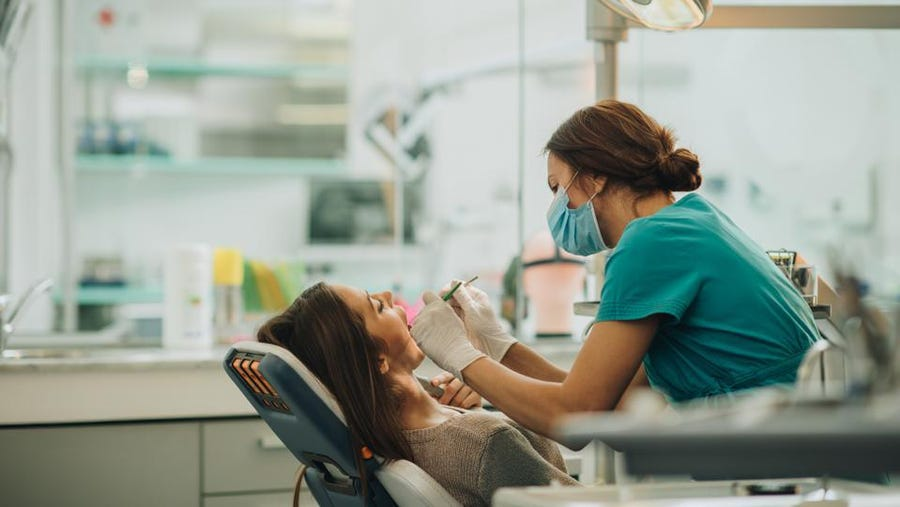The landscape of dental websites is undergoing a significant transformation as clinics recognize the importance of creating an inviting online experience. In 2026, dental websites are no longer simple marketing tools; they serve as the first point of contact for potential patients, often setting the stage for their comfort and trust long before they arrive for an appointment.
Understanding Modern Patient Expectations
When prospective patients search for a dentist, they are not merely looking for services. They seek reassurance, and the first impression of a website plays a crucial role in this process. Research indicates that individuals form opinions about a website within seconds, influenced by elements such as color schemes, layout cleanliness, and page loading speed. These factors are akin to the atmosphere of a physical waiting room; a tidy and bright online space fosters a sense of ease and trust.
Effective dental web design today prioritizes user experience. Factors like soft colors, authentic photographs, and gentle shapes contribute to an environment that feels calm and welcoming. The arrangement of content is equally vital, allowing visitors to absorb information at their own pace. Typography also significantly impacts perception; for instance, rounded fonts evoke friendliness, while sharper fonts can create a sense of distance.
The Emotional Impact of Design Choices
Patients may not consciously analyze design elements, but they certainly feel their effects. A well-crafted website communicates a message of care and professionalism, ultimately encouraging visitors to engage further. According to Leah Franklin, a Melbourne-based designer, “The best websites don’t just inform people; they make them feel safe without saying a word.” This sentiment captures the essence of how comfort online can translate into confidence offline.
Numerous studies highlight key features that contribute to trust. For instance, soft neutrals and calming tones can help visitors feel relaxed, while genuine staff photos enhance authenticity. A website that loads quickly and presents information clearly respects visitors’ time and builds a connection. Moreover, a mobile-friendly design with intuitive navigation signals accessibility and attentiveness.
Technology plays a critical role in modern dental websites. Features such as online booking systems, chat options, and secure forms not only enhance functionality but also convey a message of care. These elements indicate that the clinic values its patients’ time and needs. In addition to search engine optimization (SEO), aligning the emotional tone of the website with the services offered is essential for establishing trust.
As the dental industry moves forward, the future of web design promises even greater personalization. Innovations may allow websites to adapt their tone and visuals based on user interactions, further enhancing the feeling of connection and understanding. Ultimately, the goal remains the same: to ensure potential patients feel safe and valued before they even set foot in a clinic.
Design is now recognized as a vital component of patient experience. Clinics that invest in thoughtful, user-centric designs are not simply following trends; they are setting new standards. As the digital landscape continues to evolve, the emphasis on creating a warm and welcoming online presence will only grow stronger, redefining the initial patient experience in dental care.







